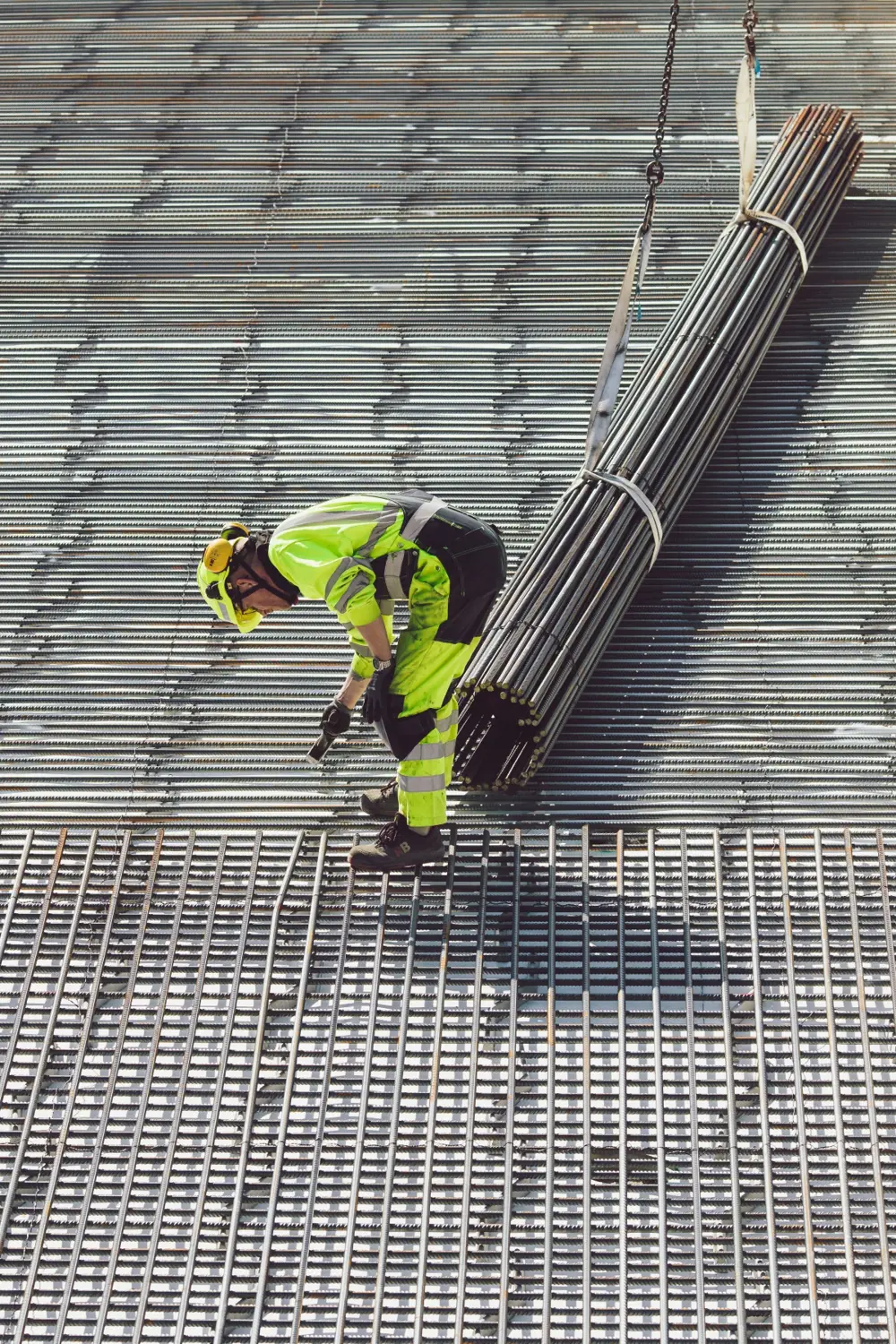
Why safety engineering is key for green hydrogen and net zero
Each year, new engineering breakthroughs make headlines for the benefits they bring to the world. That could be a faster, safer new train that offers more convenient travel for people; an emerging energy source that can help society to decarbonise and combat climate change; or a new circular economy process to convert waste products into useful materials.
These innovations attract public attention as they revolutionise the way we live, work, and travel. Unfortunately, engineering also makes headlines when things go horribly wrong: from a train derailing, to a building fire, a bridge collapse or an explosion at an industrial plant. These accidents can be accompanied by grave consequences – injury or loss of life – and potential damage to the environment, assets or business reputation.
Thankfully, there is an entire discipline of engineering dedicated to making things go right: safety engineering. Safety engineering provides a systematic framework to analyse systems, products and processes to identify hazards, with the aim of eliminating risks or minimising them to the lowest possible levels.
Safety engineers use engineering principles to design systems that are inherently safer, along with active protection systems, and procedures and training for the users and operators of these systems. Safety principles are applied at each phase of an engineering project, from concept development to design, construction, commissioning, and operations. This ensures that the peculiar risks of each phase are adequately mitigated.
Then, after reaching the end of their use, most engineering products and systems are decommissioned. Applying safety engineering principles is equally important during decommissioning for the safe and sustainable disposal of the system.
At each stage, safety engineers use both quantitative and qualitative data to predict the likelihood of a hazardous event and its severity. These measures are combined to obtain the risk levels associated with each hazardous event. The goal of the engineering team is to ensure that the system is designed in such a way that all identified risks are mitigated to the lowest practicable levels.
Safety engineers use engineering principles to design systems that are inherently safer, along with active protection systems, and procedures and training for the users and operators of these systems.

Steel is thought to be responsible for about 7% of global emissions. Hydrogen looks likely to play a key role in decarbonising this sector © Unsplash / Mads Eneqvist
Safety engineering and green hydrogen
The energy industry is currently facing the challenge of replacing fossil fuels with renewable alternatives. It’s an era-defining trilemma, encompassing affordability and energy access, geopolitical energy security, and environmental sustainability.
An alternative fuel gaining increasing popularity is hydrogen, evidenced by the UK government’s ambitions to reach 10 GW capacity of hydrogen production by 2030. By 2050, that is planned to increase to as much as 460 TWh – 35% of the UK’s expected consumption that year. However, to be compatible with our net zero goals, this hydrogen must be green.
Green hydrogen is produced by electrolysing water using surplus renewable energy. Made in this way, it is an excellent zero carbon alternative to fossil fuels (note, it cannot be ‘green’ if the electricity comes from fossil sources). This is because hydrogen, when burnt as fuel, produces water without emitting CO2 into the atmosphere.
Green hydrogen is especially important for the difficult-to-decarbonise sectors that require high temperatures, often by burning fuels. These sectors include iron and steel, cement, chemicals, and building materials, which together account for approximately 30% of the world’s annual CO2 emissions. So that we can reap these benefits, engineers are developing innovative electrolyser systems that will help meet the growing demands for green hydrogen.
To safely transition from fossil fuels to hydrogen, it is important to identify the fuels’ differences in properties. This will help engineers to identify and control hazards, as has been done for fossil fuels for decades. For example, hydrogen has a wider flammability range than most other fuels in use today. It also has a very low ignition energy: 17 times lower than methane, in fact. This means that it requires very little energy to ignite, so special electrical equipment is needed – for instance, ventilation fans that do not produce sparks.
On the other hand, hydrogen is a very light gas. It is about 14 times more buoyant than air, compared with methane, which is about four times more buoyant than air. This means that it disperses very quickly in well-ventilated areas, which helps prevent build-up of hydrogen concentrations to flammable levels.
While designing a green hydrogen production process, various techniques can be applied to ensure that an inherently safer design. This could include identifying opportunities to minimise use of hazardous materials, reducing hazards by operating at lower temperatures and pressures, and process simplification.
Along with inherently safer design techniques, there are other strategies that can prevent incidents and manage their after-effects. For example, siting a hydrogen system in a protective enclosure is a means of passive protection, to protect personnel from an explosion or fire. There are also active protection systems such as control systems, shutdown valves or fire sprinklers that are designed to activate in the event of an unsafe state. It’s important to have safety procedures and comprehensive training in place, to guide operators on how to safely operate the plant.
Innovation in green hydrogen production requires the expertise of safety engineers to achieve safe and reliable solutions for operators and the public. It is an exciting area of engineering that will provide interesting growth opportunities as green hydrogen takes off.
Contributors
Titi is a senior safety engineer at Supercritical Solutions, where she assures and designs safety systems and processes for innovative hydrogen production technology.
Keep up-to-date with Ingenia for free
SubscribeRelated content
Chemical

Q&A: Olivia Sweeney
Olivia Sweeney sources aroma chemicals to create fragrances at cosmetics company Lush. She is working on finding new, more sustainable sources of fragrance ingredients, with an interest in the research and development of chemical production from waste streams.

Biofuels’ journey to the mainstream
Liquid biofuels today make up about 8% of road and non-road fuel supplies in the UK. The government plans to reach nearly 10% by 2020 in order to reduce CO₂ emissions. It has also laid out targets to incentivise innovation and the production of ‘development fuels’.

Compostable plastics
Compostable plastics can be turned – alongside food and other organic waste – into compost. But how environmentally friendly are they really?

Q&A: Michelle Watiki
From placements at Xerox and Rolls Royce, to becoming a board member for the Association for Black and Ethnic Minority Engineers, chemical engineering graduate Michelle Watiki hopes to apply her knowledge to sustainability and net zero, as well as helping future engineering students.
Other content from Ingenia
Quick read

- Environment & sustainability
- Opinion
A young engineer’s perspective on the good, the bad and the ugly of COP27

- Environment & sustainability
- Issue 95
How do we pay for net zero technologies?
Quick read

- Transport
- Mechanical
- How I got here
Electrifying trains and STEMAZING outreach

- Civil & structural
- Environment & sustainability
- Issue 95